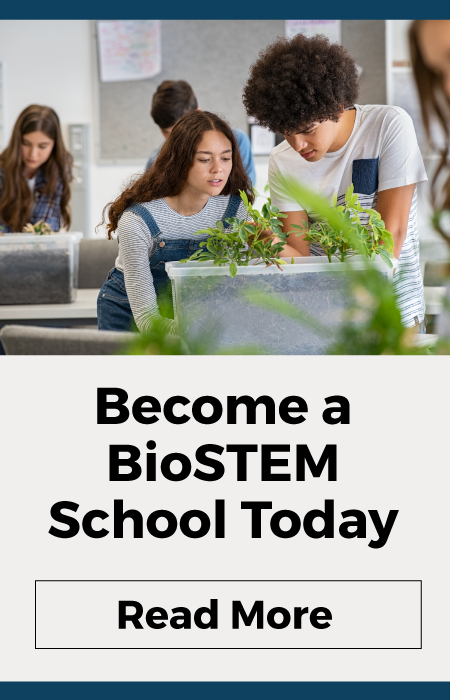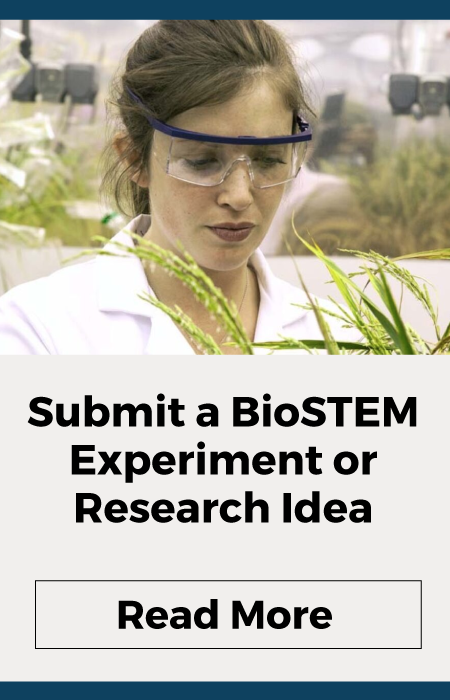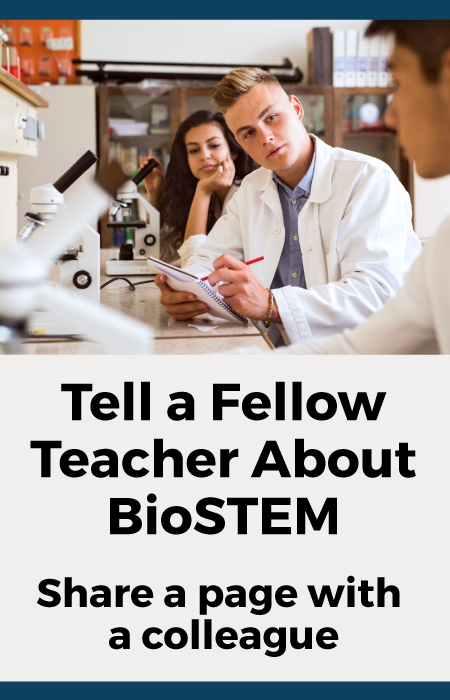Plants, like other living things, need a variety of resources from their environment to survive. These include sunlight, water, carbon dioxide, and nutrients. Plants also compete with each other and with plants of different species. Individual plants cannot move from one place to another, so each plant must obtain what it needs from its immediate surroundings. In this lab, you will observe plants as they go through their cycle
Materials
Seeds or germinated plants, soil/grow medium, plant pots, ID stakes, metric ruler, fertilizers, grow chamber.
Procedure
- Make observations of your seeds.
- Plant your seeds following the instructions on the seed packet.
- Put the containers in the grow chamber as instructed.
- Observe and record as instructed.
Analysis
Describe the changes your seed plant went through. Include specific observations you made.
Experiment Notes
This lab can be used at all levels by varying student expectations. Younger students will make more general observations while older students would be expected to provide specific detail and use anatomical vocabulary. As well, older students could use mass increase as an indirect measure of photosynthesis.
It’s not essential to use the fast plants for this lab unless you want to include pollination and seed development.
If you choose to use local plant seeds you should set the chamber to mimic the environmental conditions in your area.
Contributed by David Prescott, Head of Science Faculty, St. John's-Ravenscourt School




Experiment Commentary
We encourage educators to provide comments on their own experiences with this particular experiment, to allow others in the BioSTEM community to benefit from innovative ideas, shared tips and techniques, as well as best practices.